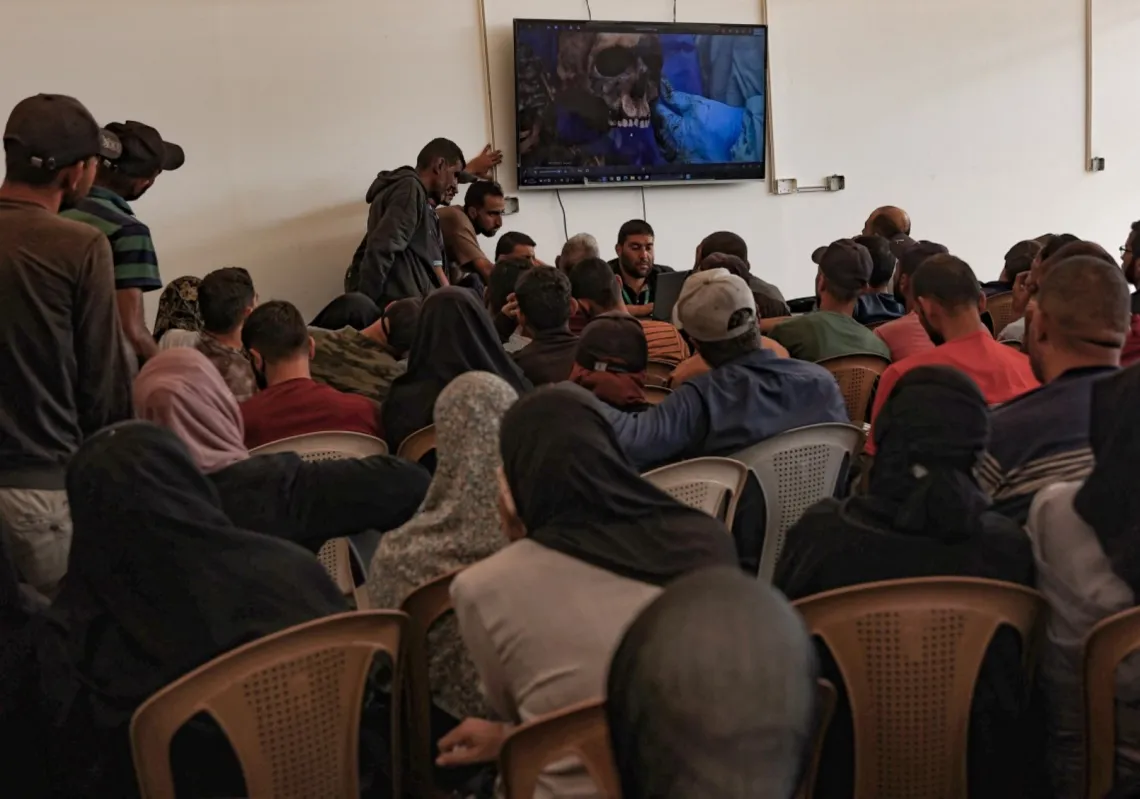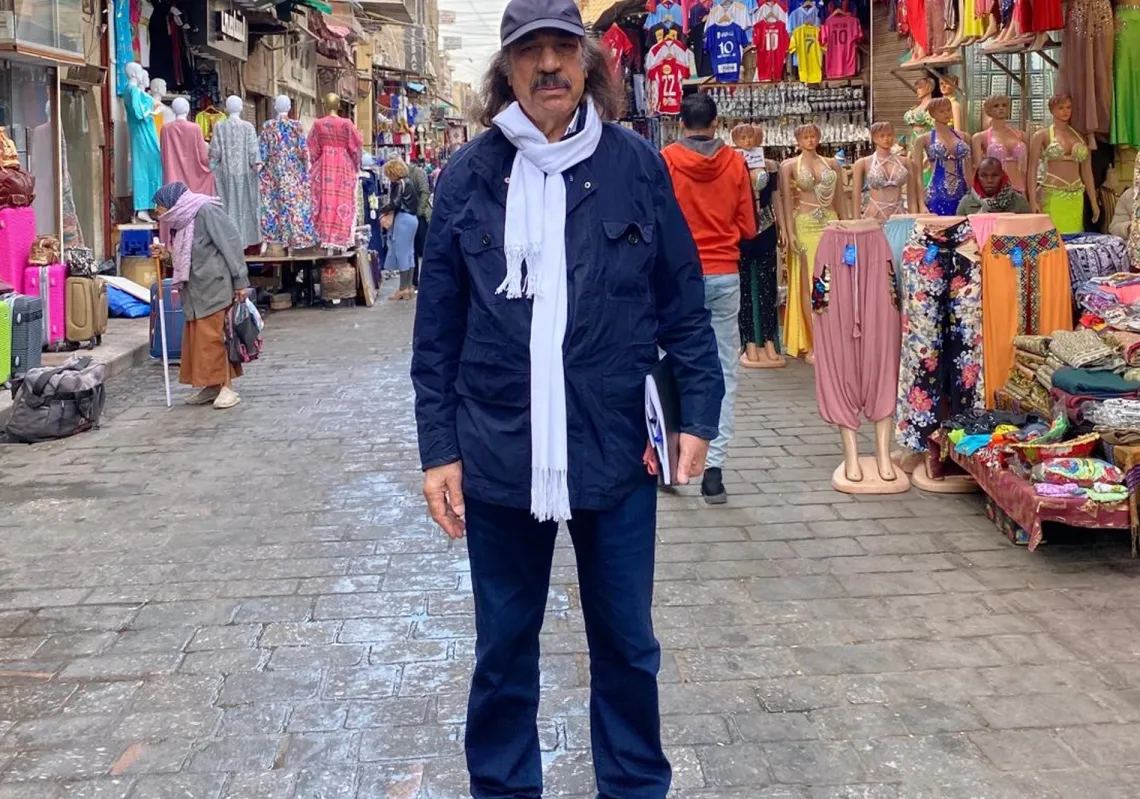 [/caption]
[/caption]
Multilateral bodies such as the Arab League have faced tough questions about their effectiveness in recent years. Chatham House Director Dr. Robin Niblett emphasized that “the nation state is being empowered, not disempowered … in terms of global governance we also have a world where power is shifting to the south and the east. This is a critical challenge to the current multilateral system.” Institutionally, the majority of global multilateral agencies are crying out for reform with the UN and its Security Council (UNSC) looking increasingly outdated, yet there are signs of changes in the role and importance of regional multinational organizations such as the Arab League.
Chris Doyle, Director of the Council for Arab-British Understanding (Caabu), once described the League as “seen by many as an irrelevant talking shop, reflecting only the whims of its rulers and not its peoples, merely intent on maintaining the post-colonial status quo … even Arab leaders are often dismissive of it.” However the Arab Spring has perhaps inevitably led to changes in the remit and scope of the League as an international actor. The League's stated purpose is to strengthen ties among member states, coordinate their policies, and promote their common interests. Yet as member countries experience revolution (Tunisia), partial revolution (Egypt, Yemen) and civil war (Libya, Syria) the common interests of the twenty-two Arab states have changed. Although the Arab Spring is far from over—far, even, from being fully understood—it is clear that priorities throughout the region are in transition and democratic structures (or at least perceived popular accountability) have resulted in a very different organization. There is therefore significant potential for an emboldened, empowered and increasingly legitimate Arab League acting as a mouthpiece through which Arab states can address the main challenges facing the region and its people.
The Syrian Test
[inset_left]The secretive nature of the Syrian regime was always going to make it difficult for the Arab League monitors.[/inset_left]NATO’s involvement in Libya, which would eventually lead to the fall of Qadhafi, was partially sanctioned by the diplomatic support of the Arab League which argued that Libya’s “serious crimes and great violations” against its people had stripped the regime of legitimacy. This has been followed by a highly involved approach to the far more complex situation in Syria where the League, for the first time in its history, played an interventionist role by sending monitors into the country. Syria will be a critical test of the League’s credibility and effectiveness. At an emergency session of the League in October, in response to the continued Syrian crackdown, divisions were laid bare as Algeria, Yemen and Lebanon came out against the Saudi-led effort to suspend Syrian membership. Unlike Libya, an Arab state with few friends and a substantial geographical distance from the region’s main flashpoints, Syria represents a far more complicated and difficult scenario for the League to handle. The country has long claimed to be the vanguard of Arabism and is deeply connected to the politics of Lebanon, Iraq and the Israeli-Palestinian conflict. The Assad regime’s survival is important both to its main regional allies of Iran and Hezbollah, and to countries like Algeria and Yemen who are concerned with the precedent the League’s attempt at ‘regime change’ could set. Meanwhile the Arab states who consider that Assad’s time is up are being led by Saudi Arabia and Qatar and include other GCC members such as Bahrain, Kuwait, Oman and the United Arab Emirates.
In November, the League decided to suspend Syria’s membership and 19 of the League's 22 members nations approved a catalogue of sanctions including cutting off transactions with the Syrian central bank and halting Arab government funding for projects in Syria. While the suspension was a surprise to many (it is only the third nation in the League's history to be suspended) its decision to send in monitors on 26 December was unprecedented in the history of the organization and reflected both its more activist approach and the respect or concern that the Syrian regime accorded it. The arrival of the monitors was described by the League as a “last chance” for Syria. Yet the effectiveness of the mission was questioned from the start. While some claimed the presence of the observers clad in high-vis jackets prevented the killings of civilians, the US Ambassador to the UN Susan Rice pointed out that “in the days since the Arab League monitoring mission has been on the ground, an estimated 400 additional people have been killed, an average of 40 a day, a rate much higher than was the case even before their deployment.”
The secretive nature of the Syrian regime was always going to make it difficult for the Arab League monitors. It had already killed some 5,000 of its own citizens prior to the arrival of observation teams and was clearly more concerned with containing the protests than keeping promises to the Arab League. It is worth remembering the WikiLeaks cables that showed how US officials working in the country saw Syrian officials “lie at every level.” Maura Connelly, US charge d'affaires in Damascus, wrote in 2005 that the Syrian government officials “persist in a lie even in the face of evidence to the contrary. They are not embarrassed to be caught in a lie.” In this case the ‘lie’ was the Syrian acceptance of the Arab peace plan which demanded all Syrian armed forces withdrawn from protest areas, sought the release of all the country’s political prisoners, and permitted Arab monitors—and the international and Arab press—to roam the country unhindered. The observers were never truly allowed to see the full picture of events in Syria. During their mission they played a game of hide and seek with the authorities, with videos and images released showing the regime’s attempts to conceal armored vehicles and sniper posts. Often the regime announced that troops were being withdrawn from cities only for them to re-enter shortly afterwards. Although there were prisoner releases and an increase in the number of international journalists allowed into the country, it is hard to give much significance to these small successes given the hugely increased death toll.
Another reason for the failure of the Arab League mission was the very real threats to the monitors themselves. The League denounced an attack in January by a pro-regime mob that targeted the monitors’ convoy in Lattakia and wounded eleven people, League representatives declared that the Syrian government had not adhered to the terms of the protocol, which included the protection of its members. In addition, the BBC reported that outside a hotel used by the delegation were “Arab League vehicles with windows smashed and plastered with stickers of Mr Assad, the bumpers caved in and tyres let down.” An Algerian member of the mission, Anwar Malek, resigned because he felt he was serving the regime by his continued participation. Malek described the league mission as a “farce”—claiming to have seen the skinned corpses of torture victims and dead children, in addition to having witnessed people being shot right in front of him.
[inset_left]The deaths of over 5,000 people have created a ‘momentum of martyrdom’[/inset_left]The professionalism of the mission has also been criticized, with experts claiming that General Mohammed Al-Dabi, head of the mission and a former head of military intelligence in Sudan, was compromised by his own human rights record. Dabi sparked outcry when he described seeing “nothing frightening” during a visit to Homs, during a period in which protestors in the city reported shelling, sniper fire and targeted killings by security forces. Others questioned whether the objectives of the mission were realistic, while the Syrian Observatory for Human Rights, an UK-based opposition campaigning group, criticized the League for “throwing a lifeline” to the regime by allowing it to play for time.
Yet in presenting its first interim report, the League’s observer mission revealed that the Syrian regime had failed to honor a promise to end the violence and admitted that the Syrian army had not withdrawn from the center of all restive towns and cities. Eventually, despite initially extending its mission for another month, the withdrawal of GCC support forced the League to suspend its mission at the end of January. The BBC’s Jim Muir described this suspension mission as a signal “that regional efforts to halt the carnage have failed and the only alternative is to internationalize the crisis.”
New Thinking for a New Era
There are two distinct tracks to the Syrian crisis at present. On one hand you have events on the ground characterized by gradually expanding levels and localities of violence. The deaths of over 5,000 people have created a ‘momentum of martyrdom’ that has escalated since the regime’s heavy handed arrests of graffiti drawing children back in March 2011. The takeover of the center of cities such as Homs and Hama and suburbs of Damascus—albeit temporarily and in a manner which has been bloodily contested—as well as the establishment of a loose network of opposition groups and the emergence of the Free Syria Army, all serve as evidence of how protest first turned into an insurrection which is now evolving into a civil war.
Parallel to events in Syria are the mechanisms of international statecraft. There are several fundamentals to this; the reality is that the Western powers have no appetite for intervention on the scale of Libya (no fly zones and aerial bombardment) and certainly not Iraq (full scale invasion and prolonged occupation). So while they seek international sanction on Syria there is no chance of Western militaries halting the actions of the Syrian state. Even the attempts of the Europeans to coordinate energy sanctions have been inconsistent, with a wide gulf between rhetoric and reality. Meanwhile Russia and China, both countries close to the regime in Damascus, have prevented resolutions going through the UN that could threaten their traditional interests in the country.
Against the backdrop of a bloody gridlock on the ground and diplomatic impotency in the UN are the actions of the emboldened Arab League. At the start of February, Arab League Secretary-General Nabil Al-Araby called on the UNSC to take “rapid and decisive action … do not let the Syrian people down in its plight.” The Arab plan, which envisages President Bashar Al-Assad transferring power to his deputy and forming a national unity government within two months, has been rejected by Syria and Russian intransigence has ensured that a UN role remains a non-starter. Indeed, UN expert and founder of Independent Diplomat, Carne Ross, admitted the Russians will not budge on refusing action at the UNSC, saying “Lavrov is stubborn and totally untrusting of allied intentions. I suspect no UNSC action until Assad falls.”
Although the monitoring mission could not end violence in Syria it has created a momentum that could lead to the Arab League being considered as part of any potential resolution to the continued bloodshed. So what can the League do? Chris Doyle commented that “the question remains whether the Arab League has the unity and the determination to pressure the Syrian regime to implement what it has agreed.” The Guardian’s Ian Black has written about “a new sense of energy about the Arab League” and that the League “matters more than ever before.” In order not to lose this momentum of a pioneering monitoring mission, the League should spearhead continued pressure on Syria (and its guardian, Russia) as well as pushing for the discussion of more innovative solutions, perhaps in concert with Turkey, including exploring the idea of creating humanitarian corridors and a safe haven in the country. The next months will be a crucial test of whether the Arab states truly have a league of their own.








